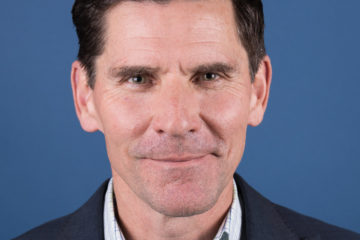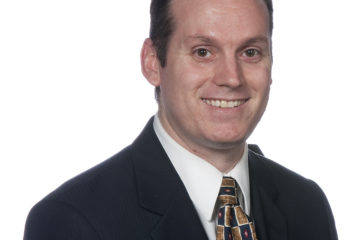Devereaux Housing/Homelessness Q3

As a society we are paying for people to be homeless. We are paying for paramedics to attend to and transport them, we are paying for them to access our healthcare system through frequent high cost emergency room visits and hospital stays, and we are paying for their interactions with our law and justice system. We are also paying for the impacts they have on property values and the quality of life within our communities. What we are not doing is spending the money very wisely.
In 2006 Malcom Gladwell, author of the Tipping Point, wrote an article for the New Yorker about Million-Dollar Murray, an ex-marine who was an alcoholic and lived on the streets in Reno Nevada. Murray was a chronically homeless high utilizer of the emergency services, law and justice, and healthcare systems. Over a million dollars was paid for him to live on those streets.
Numerous cost benefit studies have concluded that it costs less to house this segment of the homeless population than to keep paying for them via these systems. There is one big impediment – the lack of societal and political will to allow those systems to pay for upstream interventions, in areas outside of their normal scope of responsibilities, which create the downstream savings.
There are some true innovations occurring, but only through workarounds. For example, funding housing for high emergency room and hospital utilizers is not an eligible reimbursable under Medical, so the Inland Empire Health Plan is using administrative money to house them and is showing clear savings. The private and non-profit sectors, along with local government, need to advocate for the use of existing funding to pay for results and support the federal and state governments changing laws and regulations to allow it.


